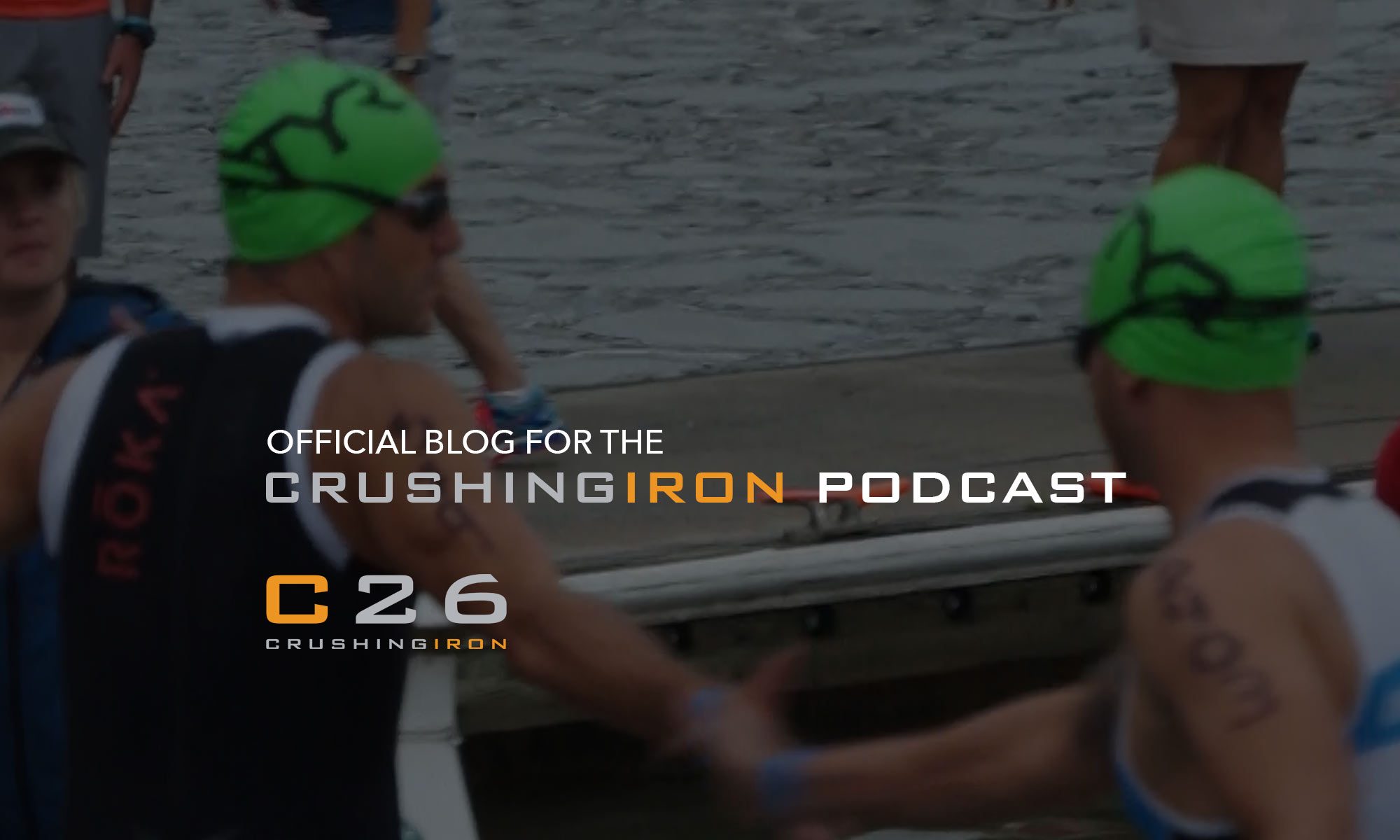I’ve been spending a little time on the Ironman Chattanooga Facebook page and one thing is clear: Anxiety is setting in.
The posting is furious and reminds me of just how crazy this endeavor can be. Thoughts range from “just relax and enjoy it” to “ask any question that pops into your mind without fear of seeming ridiculous.” I can fully appreciate the entire range of the spectrum.
I’m generally pretty lazy so I have always appreciated the saying, “It’s better to be undertrained than overtrained.” Once again, I am leaning on that philosophy.
I think I do this because I tend to be a risk taker. Before my first Ironman I had never ran more than 14 miles and it worked out pretty well. But last year, I was a injured so I didn’t run more than a couple times in the month leading up to Louisville. In the back of my mind I was excited to see if by some miracle I could pull a rabbit out of my hat on race day. It didn’t happen.
Now I sit here roughly 28 days away from my third Ironman and have no real clue about how it will go. For better or worse, I train mostly in isolation and like to bank on the energy of the event and the crowd to get me to the finish line. On that day I finally have friends again and my adrenaline flows like a lonely dog greeting new house guests.
Then, of course, there’s the late training philosophy of, “Why does any of this really matter?” I can definitely see that as well.
On one hand (the big perspective) the race really shouldn’t matter that much.
My coach said something a long time ago that I’ve never forgotten, “Training is your classwork and the tests, the race is your graduation day. By the time you toe the line you’ve made all the sacrifices and done the work. You should already be proud of what you’ve done and who you’ve become.
On the other hand, internet race results are forever. You’ve filled everyone’s ear about “your Ironman training,” and you don’t want to let them down. You don’t want to let yourself down. You have a secret a top performance goal and you want to reach it.
They are both really natural ways to approach an Ironman, but at some point you just have to LET GO.
The closer we get to the race, the more mental it becomes.
Remind yourself that it’s going to hurt, because it will. Remind yourself to stay under control, especially early in each discipline. Remind yourself that pain is temporary and try to figure out a way to move that makes it hurt less. Remind yourself that it’s a long day and taking a few extra minutes to make sure you’re hydrated or stretched is okay. Remind yourself to keep moving.
Ironman comes down to determination. It comes down to good decisions. It comes down to your ability to manage pain.
Regardless of what happens on the course, the sun will rise the next day and you should be proud of the commitment you’ve made to becoming a better person. Then take advantage of that momentum. Good or bad, race day should not define you.
[follow_me]









